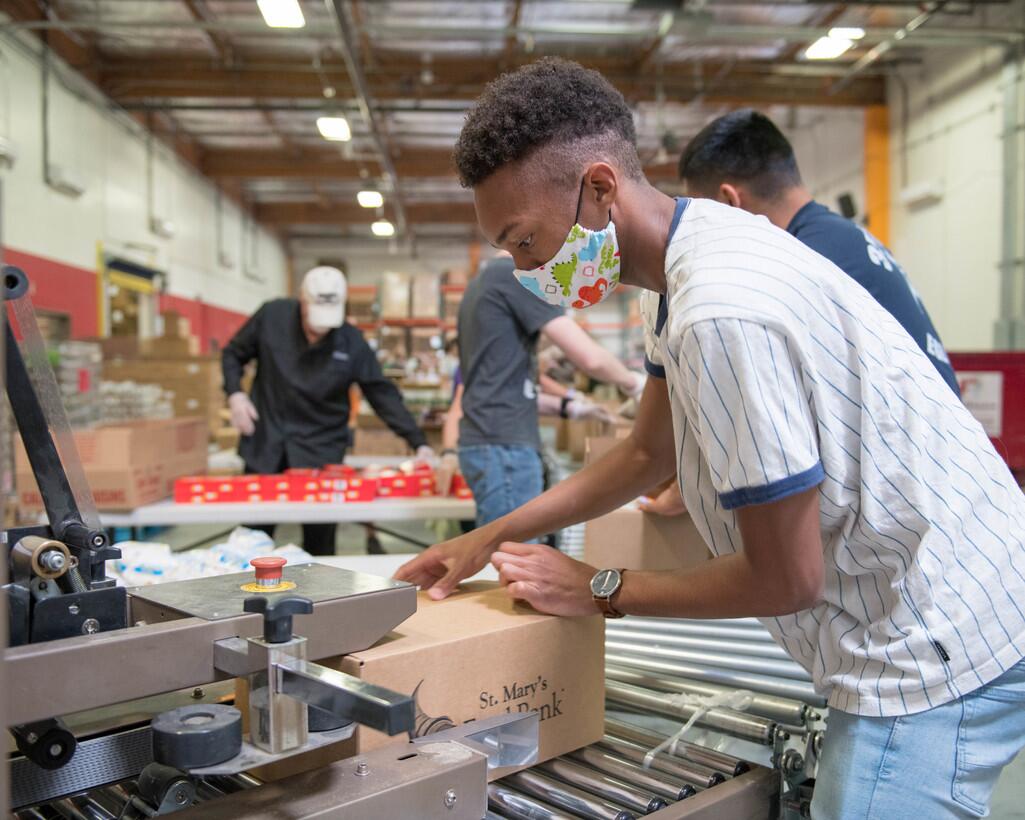Up to 1 in 4 American children may face hunger in the next year

URBANA, Ill. – The number of people in the U.S. who are food insecure will likely skyrocket over the next year, due to the COVID-19 pandemic. Soaring unemployment and poverty rates may lead to record numbers of food insecure households, according to new projections from Feeding America.
Almost 55 million Americans could lack access to adequate food, says Craig Gundersen, ACES distinguished professor of agricultural and consumer economics at the University of Illinois.
Gundersen conducted the analysis using the model he developed for Map the Meal Gap, Feeding America’s annual food insecurity report. The new report projects changes to food insecurity rates based on a range of different scenarios.
“We used projections from leading macro economists about what's going to happen to unemployment over the next year. The worst-case scenario anticipates that the annual unemployment rates could increase by about 7.6 percentage points. We ran that through our model, and we found that 17 million more Americans are likely to be food insecure in the upcoming year,” Gundersen says.
Households with children are even more likely to be food insecure, and 1 in 4 children could face hunger. The projections for the worst-case scenario would lead to 5% increase in child poverty rate, potentially bringing the proportion of children in food insecure households to 24.5%.
That means 18 million children would be food insecure, which exceeds the previously measured highest total of 17.2 million during the Great Recession in 2009.
“It’s important to fully understand the severity of the situation for many children and households in America,” Gundersen says. “These projections can help inform legislators and aid organizations so they can take steps to help alleviate the problems.”
The Impact of Coronavirus on Food Insecurity report provides detailed documentation for projected food insecurity levels at the national, state and county level.
Gundersen has worked with Feeding America as lead researcher on the Map the Meal Gap reports and as a member of their Technical Advisory Group for more than a decade. He has developed the data collection methods and models to estimate food insecurity rates that comprise the report.
Feeding America, a non-profit organization that operates a network of 200 food banks nationwide, has established a COVID-19 Response Fund to support efforts to alleviate hunger.